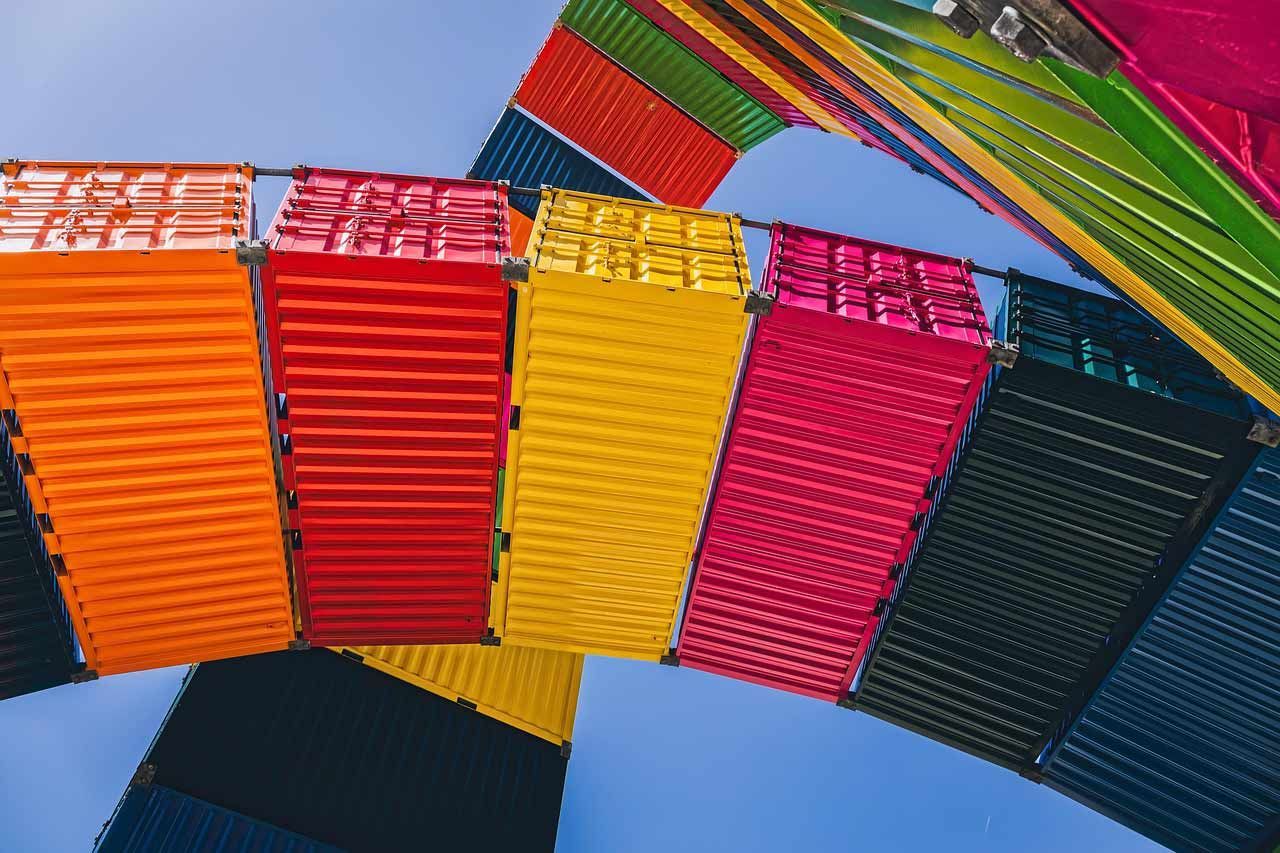What does Freight All Kinds (FAK) mean for shippers?
Freight All Kinds Meaning
In the freight and logistics industry, LTL carriers use the term Freight All Kinds (FAK) when they assign a single tariff classification to freight that would normally fall under several NMFC codes.
The National Motor Freight Traffic Association (NMFTA) developed the National Motor Freight Classification (NMFC) tariff to classify all commodities into 18 different freight classes ranging from 50 to 500. However, managing multiple classifications can be challenging for shippers, making FAK a convenient option for both shippers and LTL freight brokers.
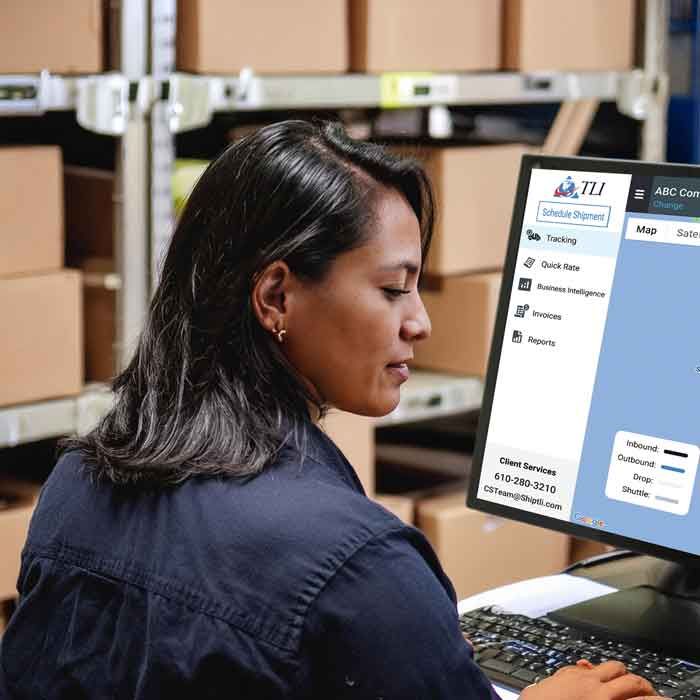
Why would a shipper use an FAK Tariff?
Shippers partnering with TLI typically choose an FAK for three main reasons. First, they often deal with mixed article contents. For example, if they ship a filtration system that includes tanks, sand, hardware, and plastic parts all on a single pallet, each commodity falls under different NMFCs and freight classes. In such cases, carriers agree to an FAK, simplifying BOL creation and routing.
Second, shippers opt for an FAK if they frequently face reclassifications because their vendors mislabel the NMFC and freight class on inbound shipments. Third, some shippers believe that an FAK can reduce the tariff and lower freight charges. However, this belief is somewhat misleading because carriers often implement multiple tiered FAKs and increase the linehaul cost to offset the FAK.
While FAK is a valid option, TLI offers other contract types that might provide better freight savings for shippers.
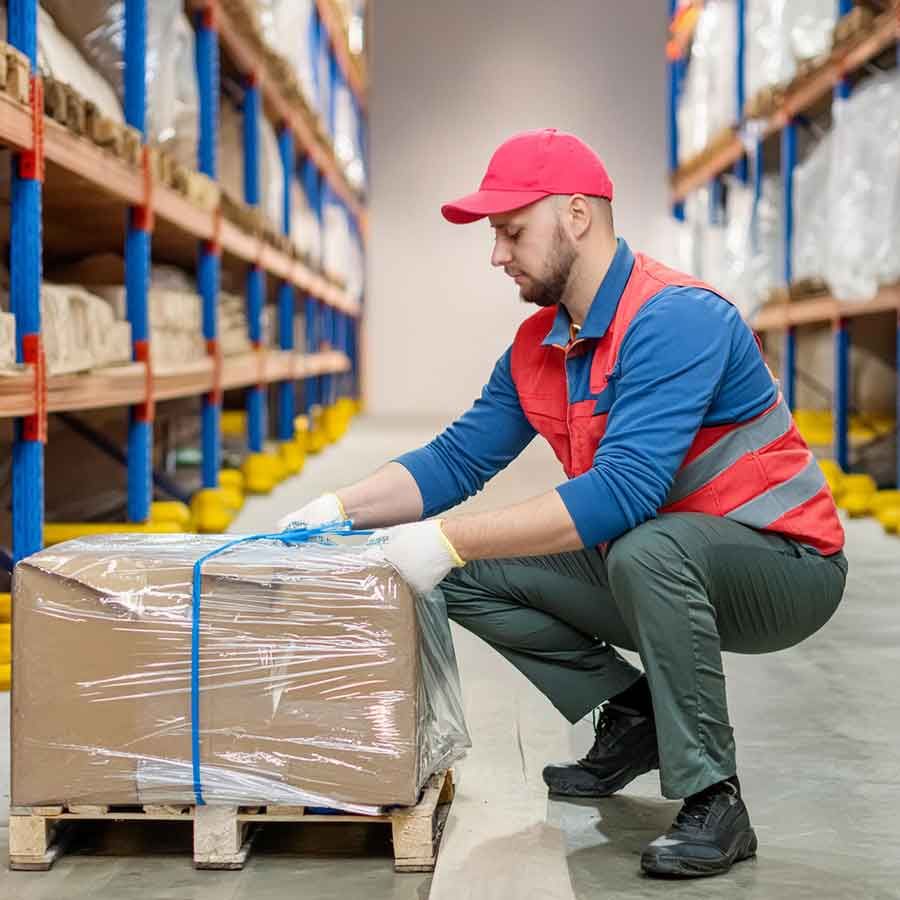
Freight All Kinds (FAK) Checklist
For the right shipper, Freight All Kinds (FAKs) offer an excellent way to simplify the entire LTL process from start to finish.
To qualify for an FAK, the freight must meet certain criteria:
- Shipping multiple NMFC freight commodities with different LTL freight classes
- Similar product stowability
- Mixed articles
- Comparable freight weight and density across the commodities shipped
- If freight density varies significantly, the majority of the freight should fall under a single NMFC classification, with less dense freight being an outlier
- Appropriate cargo liability coverage for the total freight under the FAK
Cargo liability often surprises shippers negatively when filing a freight claim, so we recommend paying close attention to it and considering supplemental cargo coverage. This coverage can be purchased for individual shipments with TLI or as blanket coverage. Likewise, TLI can negotiate higher cargo liability with custom LTL contracts, however carriers will raise the base rate of the linehaul.
LTL freight charge minimums should be appropriate for all commodities in an FAK classification.
Considering these factors, the TLI will help shippers determine which of the FAK commodity codes best suits the shipper’s freight. Occasionally, we deploy multiple class breaks into a more ideal FAK program.
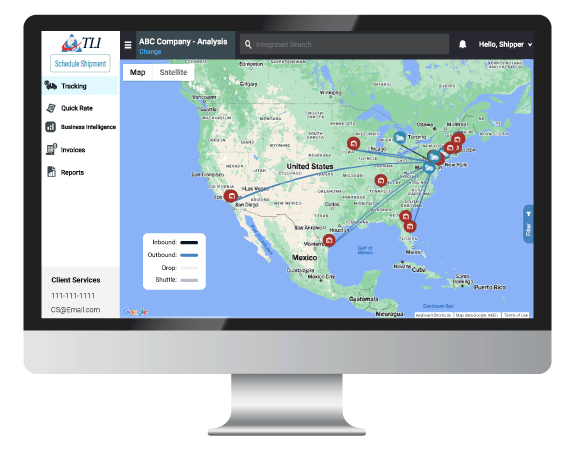
Critical use of a Transportation Management System
It is imperative for shippers to use a transportation management system (TMS) because the rating engine can automatically apply an FAK, streamlining the BOL creation process. TLI offers an automated freight class calculator built into the TMS, making it much easier and more accurate for shippers to classify their freight.
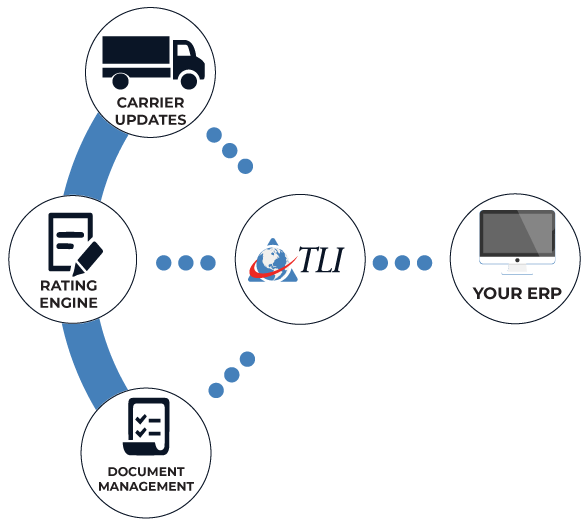
This tool can also be seamlessly integrated into their ERP systems, ensuring smooth and efficient operations. By leveraging TLI’s advanced TMS and freight class calculator, shippers can enhance accuracy, save time, and reduce costs in their shipping processes.
TLI Insights
Get the latest logistics insights and tips from Translogistics’ award-winning team. Stay ahead in transportation planning.
Questions? Email us at marketing@tli.email

